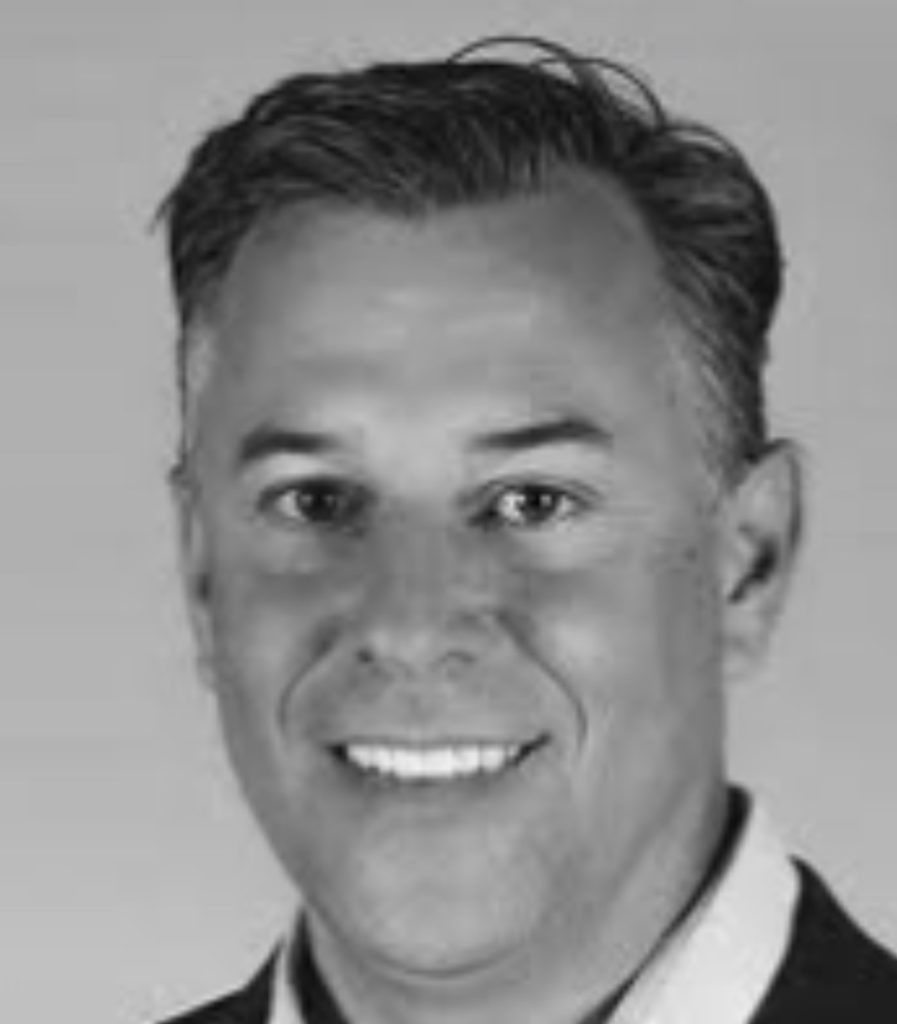
What is it like to tackle a leadership challenge at an organization which is going through a series of compounding events that appear to be unresolvable?
Jamie Lerner joined Quantum as CEO, President and Chairman of the Board in mid-2018. He has led a transformation that brought the company back from the brink of collapse. This interview has been condensed and edited for clarity.
Karen Walker: Let’s start at the beginning. When you joined Quantum, what was the situation?
Jamie Lerner: The company was in the midst of an SEC investigation due to prior leadership behaviors. To deal with that, we were spending over $10M every 90 days for lawyers and accountants. We were unable to service our debts. The NYSE delisted us. We faced shareholder lawsuits, an activist shareholder campaign, customers were pulling back, and we had the highest employee turnover in the company’s 40-year history.
KW: What attracted you?
JL: I do this type of work. It’s my personal belief that you need a crisis of this magnitude, a near-death experience, to drive change. It’s almost impossible to turn around a big company, but a problem of this magnitude forces everyone to admit that we can’t continue to do what we’ve been doing. We will have to do something large and massive because the other choice is shutting it down.
So, we drove a 24-month program that returned the company to growth and profitability, got us relisted, and enabled us to launch ten new, totally modern products. Everyone loves a comeback story.
KW: You can’t implement this kind of change unstructured.
JL: To create this kind of change, I look at three things: people, process, and product. And I do it in three stages. For the first 30 days, I look internally, a SWOT on people, culture, products, processes. For the next 30, I look externally for a SWOT with the press, the channel partners, tech partners, customers, and for the last 30, I create hypotheses.
And I stack rank those by ease – the biggest pitfall is going straight for the meat of the problem, which is often a hard thing to change. Not enough time, and the team is too depressed. Instead, go for the visible low-hanging fruit. Create momentum and credibility with the team, the board, and our customers, then build it up with longer duration tasks.
KW: Can you share a few examples?
JL: We shipped our product in an average of 100 boxes on an enormous pallet, and we usually forgot stuff. Our customers got a giant jigsaw puzzle that they had to put together. Instead, we put it together before we shipped it – we forgot fewer things, and it was easier for the customer. Of course, the reception was, “This is wonderful.”
We had another product that was impossible to install. Customers loved the work once we installed it. We’d built the hard part, the world’s fastest architecture for handling video, but we hadn’t focused on the ease of installation. Once we fixed that with an elegant installer, sales doubled in six months.
KW: That doesn’t get you a long-term strategy.
JL: Right, once we were out of crisis mode, we were able to focus on a five-year plan: a three-year horizon to get there, and a three-month program to build toward that five-year goal.
We used a VSEM process that I learned at Cisco. It’s a single piece of paper that describes everything we’re going to do in the company. We start with a vision, a single sentence. Then we list three to five major strategy programs. Then, we analyze what you are doing this year, with a bullet-pointed focus for execution. And lastly, we list measurements. I brought all the leaders together, we galvanized, and then we made sure that we aligned all the company functions with this VSEM.
KW: How did you keep that going?
JL: I use an iron-clad battle rhythm. At the board meetings, the executive staff meetings, functional interlocks, we hold every individual accountable to the metrics. This rhythm is unbendable.
We are on a mission to lead the world in unstructured data and video. Once we were focused on that and our process was running, people relaxed and fell into the rhythm. When we went into WFH with Covid, the structure continued to support us.
A lot of this wasn’t me. It was the fantastic culture of the company. People love working here. The founders wrote our values in 1980 on a wall in a little room in Sunnyvale. That’s the only thing that they asked me about when I came in.
KW: Now that you are through the crisis, how do you keep the focus?
JL: We are not coming off this level of intensity. It’s now the operating cadence of the company. We’ll just keep expanding. It’s paramount to our survival. We’re not OK. We have a lot more to do.
Our latest employee survey said clearly that, “You’re not talking to us enough.” All those informal conversations in the hallway, all those F2F lunches and learns, we’re missing those! And everyone has video fatigue, so now we are using other channels, blog messages, email. I completely overlooked how much the other executives and I need to proactively communicate.
We also experienced mission drift, so we started to bring our leaders together physically, with masks and social distancing, for several hours of leadership planning. We can work well from home, but we can’t lead or coordinate well from home. So, we come together, plan, break off, come together to plan again, and then break off. It’s working!
KW: Where is the company going next?
JL: We deal with unstructured data – movies, autonomous vehicle data, drone video. We are the custodians of the most extensive archives in the world, e.g., The Library of Congress. You can’t search a movie. We’re all about helping people make sense of that data. Find that moment when the spaceflight lands on the asteroid, find the cancer gene.
What brought me to Quantum, despite all the difficulties, was that it was the best technology company at handling long format video, and 80 percent of the data on the planet is this kind of data.
Once we scraped off all the muck, we found a pretty clean organization.
KW: Lastly, I know you’ve been very involved in Astia.
JL: Cathy Muther, former CMO at CISCO, founded Astia, and it was designed to support first- time female tech CEOs. I started as a coach, then served on the board, and just ended several years as chairman.
Do you know what we learned? At first, we thought – women need coaching, need a sponsor, need advice. But no, they don’t, do you know what they need? Money. Access to capital. Fair and equal access to capital.
It’s shocking how unequal the flow of capital is to male and female- led firms. So Astia landed as a non-profit venture fund – no amount of coaching will make a difference without funding.
